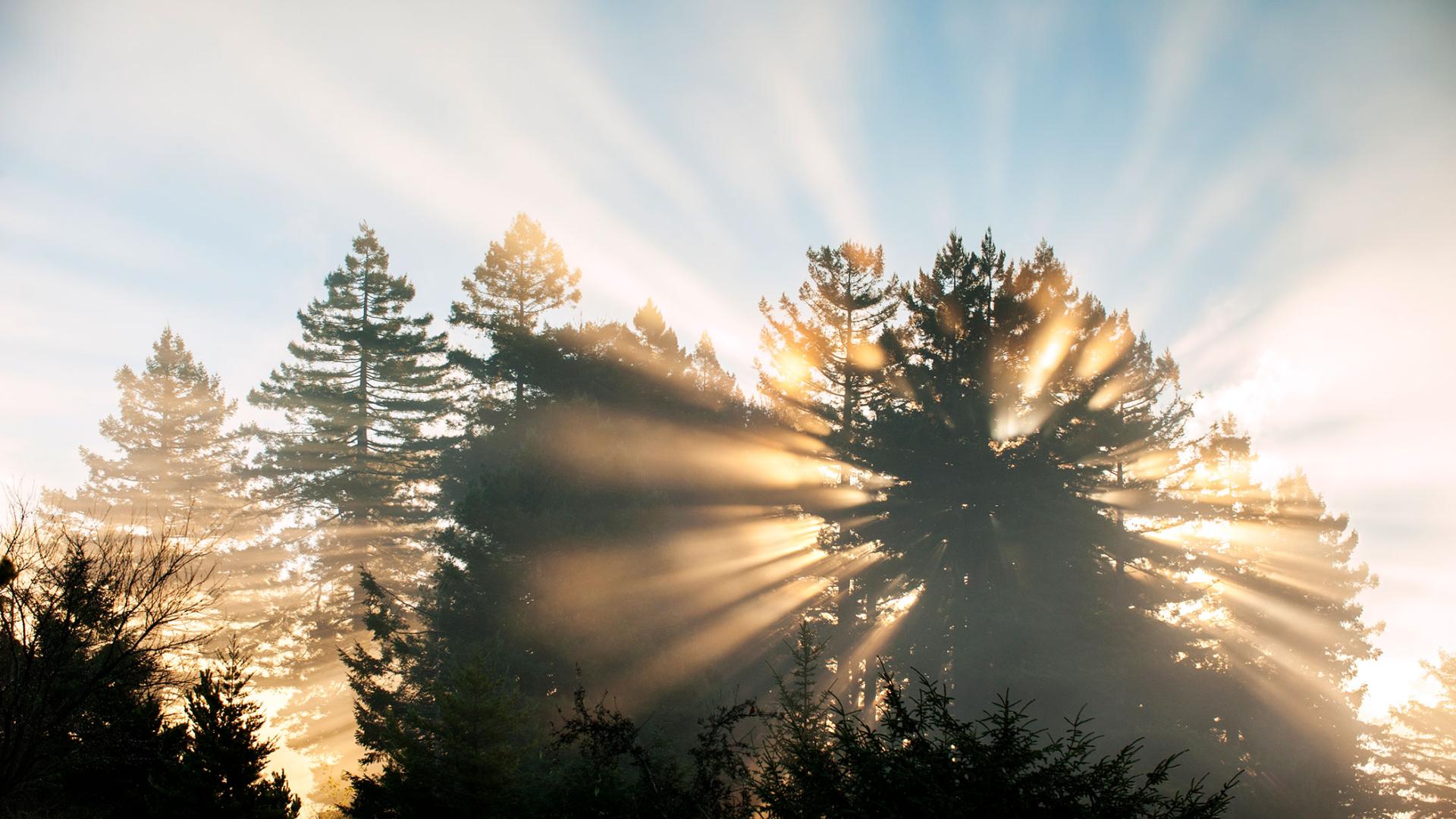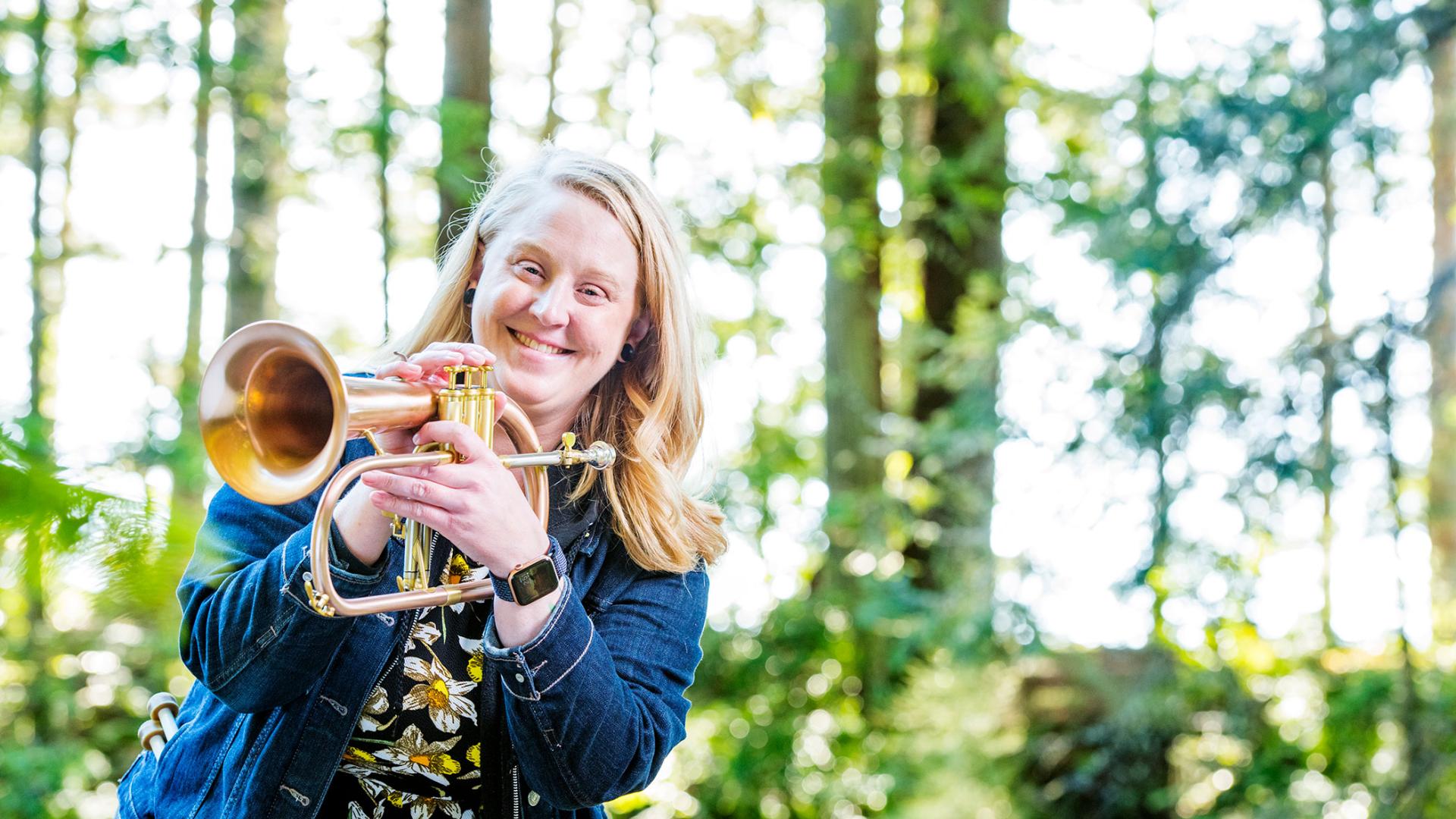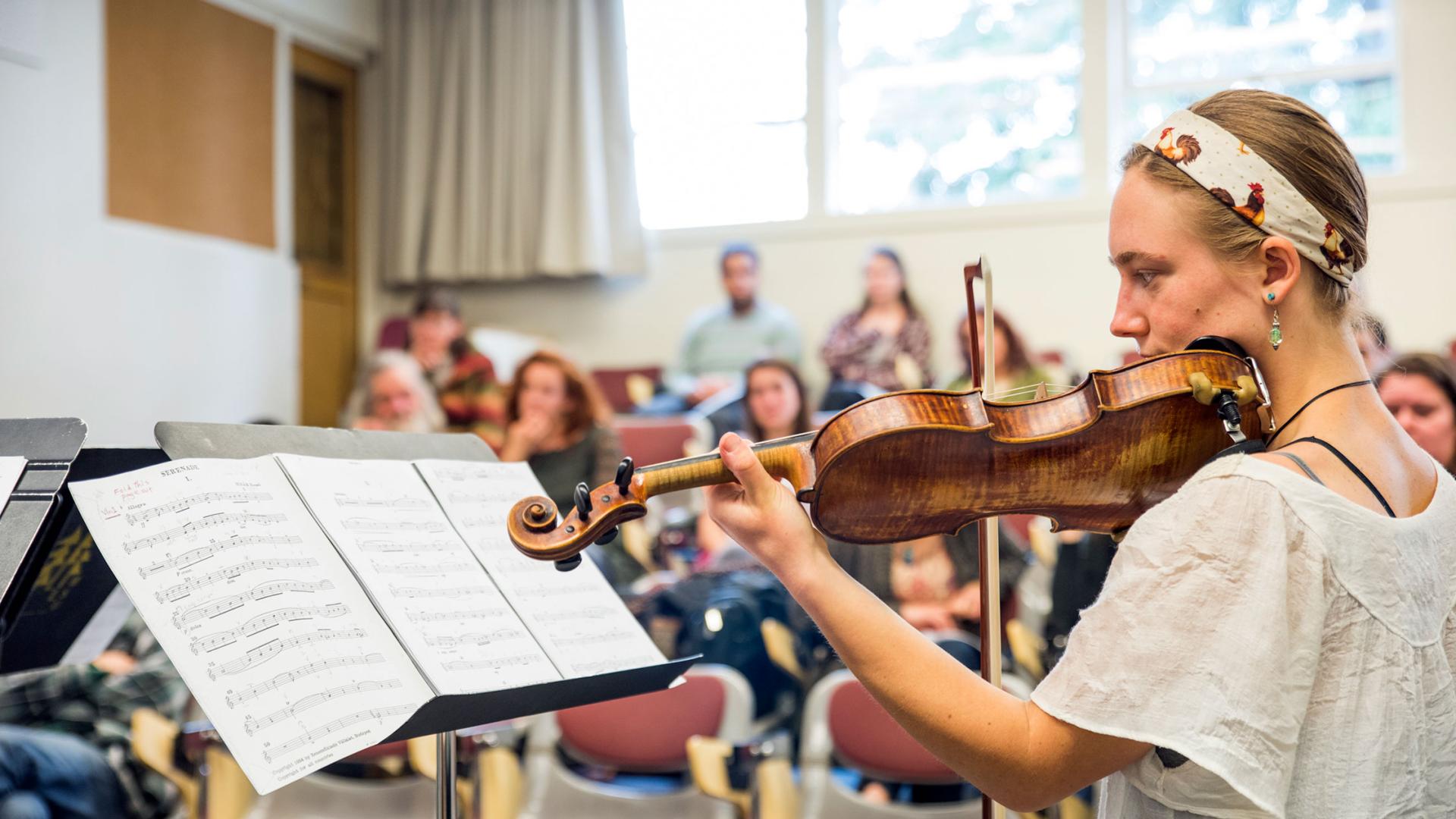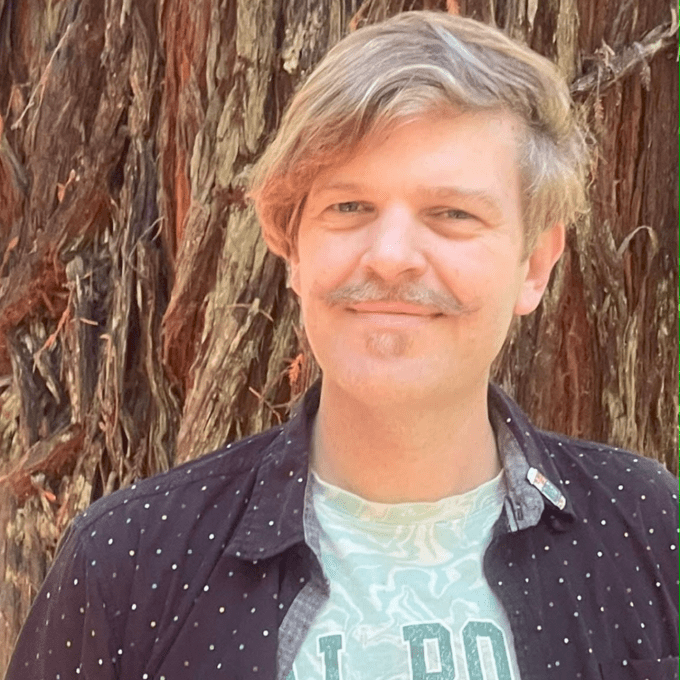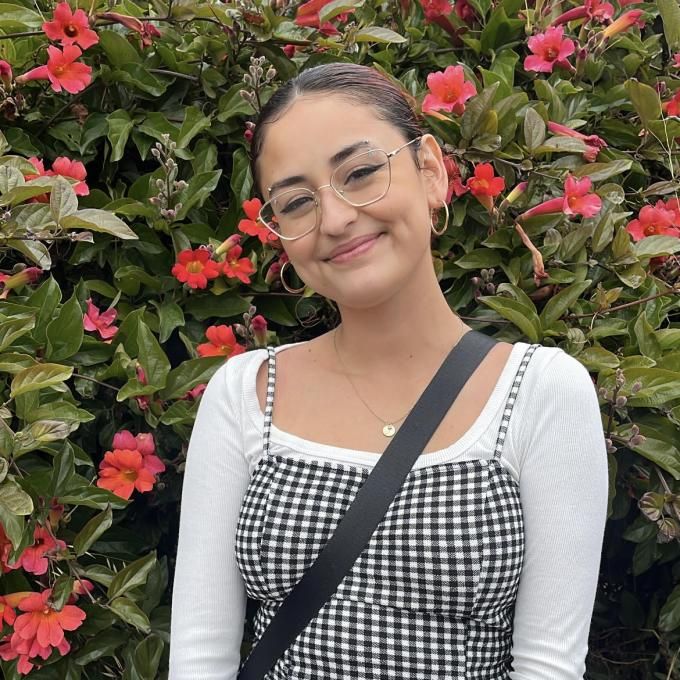Amanda C. Cannon
Breadcrumb
Megan Joyce
Breadcrumb

Advisor
Jeffrey KaneMegan Joyce,
Thesis:Fuel dynamics and fire effects following restoration thinning treatments in secondary redwood forests
I earned a B.S. in environmental forest biology with a minor in forestry from SUNY College of Environmental Science and Forestry in Syracuse, NY. After earning my undergraduate degree, I worked as a forester and timber cruiser in the private timber industry throughout the redwood region of northern California. My master's thesis focuses on wildfire effects and surface fuel dynamics following restoration thinning treatments in secondary coast redwood forests (Sequoia sempervirens). My research examines fire effects following the 2023 Lost Fire in Redwood National Park, using long-term monitoring plots to compare tree mortality, redwood regeneration, and surface fuels across various silvicultural treatments. I am also investigating live and dead surface fuels at Headwaters Forest Reserve using a chronosequence approach to assess long-term changes following thinning treatments. This work will help to inform management decisions to increase forest resistance and resilience to wildfire in coastal redwood forests under changing climate conditions.
Olivia Moskowitz
Breadcrumb

Advisor
Jeffrey KaneOlivia Moskowitz,
Thesis:Factors determining fire refugia for a rare, serotinous conifer, Baker cypress
For my master’s thesis, I’m studying Baker cypress (Hesperocyparis bakeri), a rare fire-adapted conifer native to northern California and southern Oregon. My research focuses on identifying patterns in fire refugia—areas that remain unburned or minimally affected by wildfire where mature trees persist—and determining the conditions that support successful planted seedling establishment. The goal is to inform conservation and restoration strategies for this species in the context of shifting fire regimes and climate change. This work reflects my broader interest in applied research for managing fire-prone ecosystems and supporting post-fire restoration. I have a BS in Environmental Science from the University of Washington and have a decade of experience in forest ecology, management, and restoration across the western U.S., working with public, private, and academic institutions.
Joe Nicholas
Breadcrumb
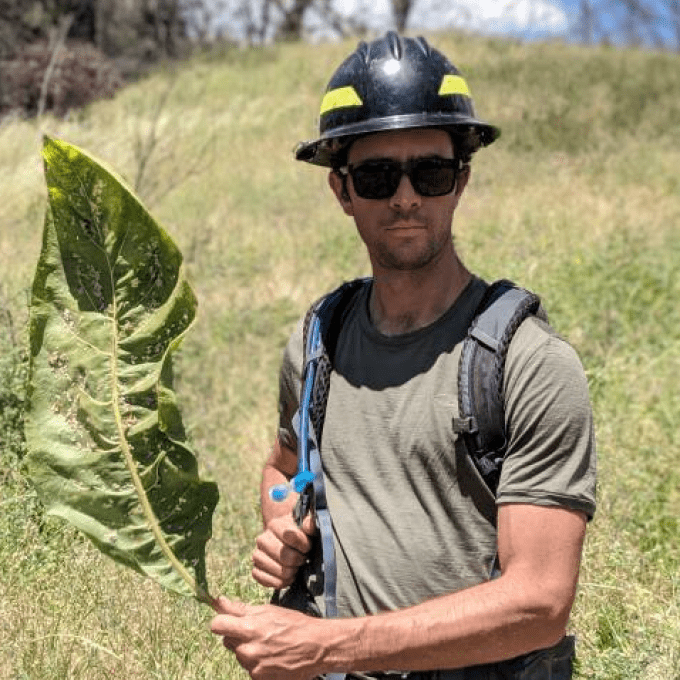
Joe Nicholas
Lecturer - Fire Ecology
Kaitlyn Briggs
Breadcrumb
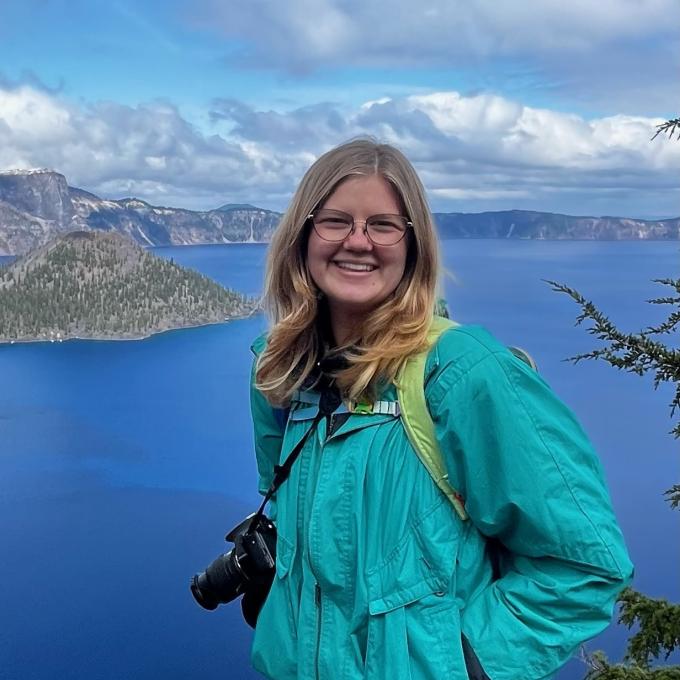
Advisor
Andrew StubblefieldKaitlyn Briggs,
Thesis:Tree Water Use and Streamflow Dynamics in Coastal Northern California Forests: Implications for Forest Resilience in the Face of Climate Change
Growing up in Southern California, Kaitlyn always had a passion for the outdoors from the mountains to the beaches, where she found fascination with the biodiverse aspects of each biome across the state. She received her B.S. in Ecology and Evolution from University of California Santa Barbara. During her time as an undergraduate, Kaitlyn dedicated her time outside of class seeking out lab positions, internships, and jobs involving sycamore genotyping, studying phenological shifts in plants affected by climate change, identifying estuarine microorganisms for aquatic restoration projects, planting trees in urban zones, being a teaching assistant for a stream ecology course, and working for the U.S. Forest Service through a UC program to collect eDNA samples from active fish populated streams in the Los Padres National Forest. Kaitlyn’s research interests include freshwater ecology, river restoration, watershed management, and forest ecology. Working with Andrew Stubblefield and Lucy Kerhoulas, Kaitlyn’s thesis investigates tree water use from different sources within the watersheds in coastal northern California forests during the summer, in the context of climate change-driven droughts. She will compare various water extraction methods for stable isotope analysis of tree, soil, stream, and precipitation samples to analyze each tree’s proportional water sources based on species, size, location from the stream, and time of year. Her results will help inform the water budget for each watershed and how forest management practices could selectively harvest trees to increase streamflow during the summertime dry period.



